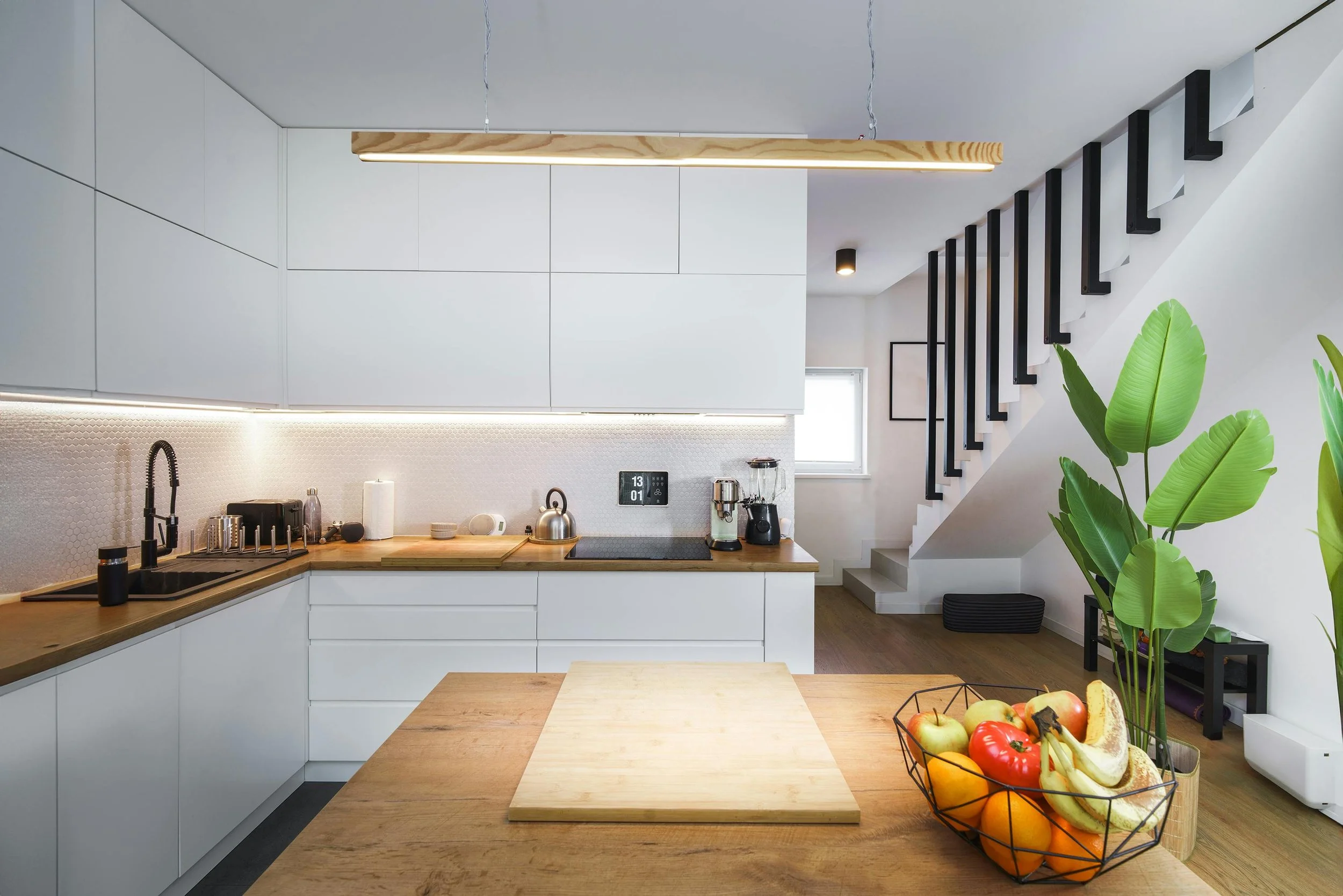Creating Spaces for Togetherness
Introduction: Togetherness, first and foremost is a feeling
Being together is the melody of plates and glasses clinking over an enticing evening conversation, a shared glance across the living room sofa, or the soft hum of a place coming to life with people. It’s that same life that marks the difference between a house and a home, a vibrant energy that makes it not just merely built, but rather truly inhabited. In an era where noise and distractions are the status-quo, we are left craving real and deep connections, and where better to start these connections than Home.
Spaces That Bring Us Closer together
When you think about the spaces in a home that are meant to bring people together, a few evident ones come to mind; a large dining table comfortably seating the entire family, or an elegant kitchen island where daily stories are shared over pancakes and syrup. Other spaces are more subtle, such as a staircase large and beautiful enough to want to stop for a moment, with a landing large enough for a small sofa set beside a window bathing the space in natural light.
Togetherness Means Something Different to Everyone
Each home has its own rhythm, its unique definition of togetherness. For some, it’s the rush of chaotic breakfasts before school, dealing with mismatched clothes and orange juice spills. For others, it’s pleasant evenings doing chores side by side, folding laundry while exchanging a few soft words. Single-parent families, multi-generational homes, roommates on differing schedules, all these forms are valid, real, and authentic.
Architecture should never impose a lifestyle but instead should listen and understand that togetherness can be loud or quiet, deliberate or spontaneous. A young couple finding their footing, a family of five negotiating space and affection, an older parent living with their grown children, or friends sharing a flat, these households will each have a different dynamic. The central question isn’t, "What should this space look like?" but rather, "How do these people live?"
Everyday Life Guides the Design, Not Just Special Occasions
What does an ordinary Tuesday look like in your home? That's what the real starting point for designing a comfortable home should be. Are there toddlers, teenagers, elderly parents, night-shift workers, or early risers? Even five minutes shared over coffee before leaving matters immensely; a well-designed home honors these small yet significant moments. Think about the daily rhythm of your home. Is it filled with the sound of children racing to get ready in the morning? Grandparents stirring dinner while stories simmer alongside the food? Roommates quietly crossing paths after a long day? Every home has its own pulse, a unique vibe made up of fleeting, everyday moments that bring life to the space.
Light as a Unifying Element
Lighting is so much more than just a technical detail, it shapes moods, structures days and creates lasting memories. Which space does the natural sunlight fill first? Where does the dim evening light naturally settle? A breakfast nook basking in morning sunlight naturally becomes a lively gathering spot. A softly lit living room in the evening naturally draws people together and encourages sharing and conversation.
A good architect knows that, no matter how beautiful individual elements are in a specific room, it is the lighting that blends everything together, and if the lighting is off, the space won’t invite anyone to stay. It is careful attention to natural lighting, which is only enhanced or aided by artificial lights rather than replaced, that makes a space both functional, beautiful and emotionally appealing.
The Magic of Multifunctional Spaces
Frank Lloyd Wright’s “spiral” floor plans were brilliantly simple: overlapping areas that never blended into one another. Each zone stayed distinct while still connected to the others. Today, open-plan layouts often try to recreate that same fluidity, but without a clear structure they can quickly feel empty or impersonal. To bring a space to life, you have to give it intention: an armchair angled toward a window becomes an invitation to read, a pendant light above a table defines a gathering spot. Warmth and conviviality arise from such discreet details. In a flexible yet rooted room, a skylight above the table, a rug that marks out a conversation area, or a thoughtfully placed chair can be enough to create a sense of unity and belonging in an inviting space where people want to linger.
Togetherness is Built Into the Walls
In the end, what truly makes a great home is not its appearance, but rather its soul. It’s these special places where the sunlight basks the entryway as a child comes running in after a day at school, each person’s preferred reading corner, or that one spot on the couch everyone always wants.
Being together is so much more than just living under the same roof. It’s sharing those memorable late-night laughs when the rest of the world seems fast asleep, fleeting conversations as you cross paths on the stairs, or trading smiles over morning coffee. It is knowing who is approaching just by hearing the familiar sound of footsteps, and finding comfort in routines you never even realized you treasured.
Ultimately, togetherness isn't something that you can just add at the end; it’s integrated from the very start of the design process through thoughtful layout, lighting, flow, and intention. Because what people truly seek from their home isn't perfection, it’s simply being together.


